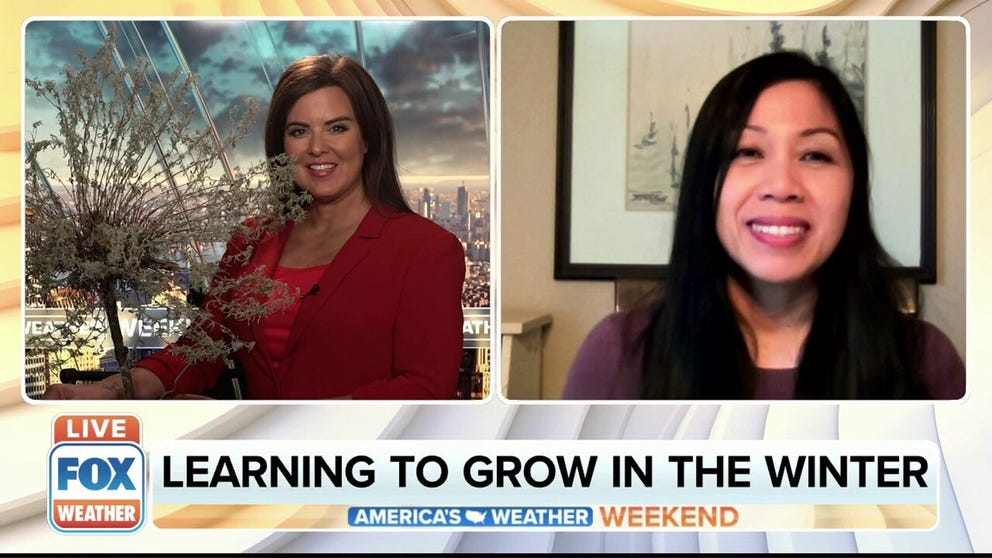Thinking about a spring garden? Winter is the time to plan, prepare
January is the perfect time to start the planning process for vegetables and flower transplants from seed
Learning to grow in the winter
Temperatures across the country are plummeting, so you might think there is no way your garden can last through the winter. But there are some ways you can have a thriving growing season.
KANSAS CITY, Mo. – While ice and snow cover the lawns across the state of Kansas, many might not be thinking about spring gardening.
But no matter what region you live in, experts say January is the perfect time to start the planning process for vegetables and flower transplants from seed.
If you are thinking about gardening for the first time this year, you might be questioning what to plant.
From arugula to tomatoes, Kansas State University horticulture expert Ward Upham said there are a lot of plants that have proven themselves across the state of Kansas. Click here for a complete list of recommended vegetable varieties.
Your neighbors and friends might also have some advice on what has worked well for them.
Seed catalogs and local garden centers are reputable sources for seeds.
Upham said if you choose to buy seeds from a business that does not specialize in plants, make sure the package date on the seed is for the current year. Seed loses viability over time, and it is always best to buy seed packaged the previous year, as noted on the seed packet.
"However, most seed will still be good for about three years even though not all the seed may come up," Upham said.
The date to seed will be determined by two key things -- target date for transplanting outside and the number of weeks the transplant need to grow.
"The target date for transplanting the cool-season crops such as broccoli, cabbage, cauliflower and onions are the end of March to the beginning of April," Upham said. "Warm-season crops like tomatoes, peppers and most annual flowers are usually planted about May 10 in Manhattan, (Kansas)."
The Midwestern Regional Climate Center has a helpful map on local and regional freeze conditions.
Here are some more helpful tips
Do not use garden soil for germinating seeds as it is too heavy and may contain disease organisms. They make a lightweight soil-less seed starting mix that is sterile and weed-free. These commercial mixes contain peat moss, vermiculite and some perlite and fertilizers.
Your seed must be kept moist to germinate, so be sure to water often. Upham said you could use a clear plastic wrap over the top of the container to reduce the water needed. However, be sure to remove it after the seedlings emerge.
While most plants will germinate in either darkness or light, some require darkness, and others require light. Your seed packet will detail specific recommendations. Once emergence occurs, all plants need adequate light -- up to 16 hours each day.
Temperature is also vital. Moving the container closer to the ceiling can help, but a heating mat is best for consistent germination, Upham said. After germination, plants can be grown at a cooler temperature.
Brushing over your plants with your hand stimulates them to become stockier and less leggy, Upham said.
"Try 20 brushing strokes per day," Upham said.
If not hardened off, plants grown inside will often undergo transplant shock . You should start about two weeks before transplanting and gradually expose the plants to outside conditions.
And finally, keep records of what you did and when you did it to help fine-tune future plantings.
